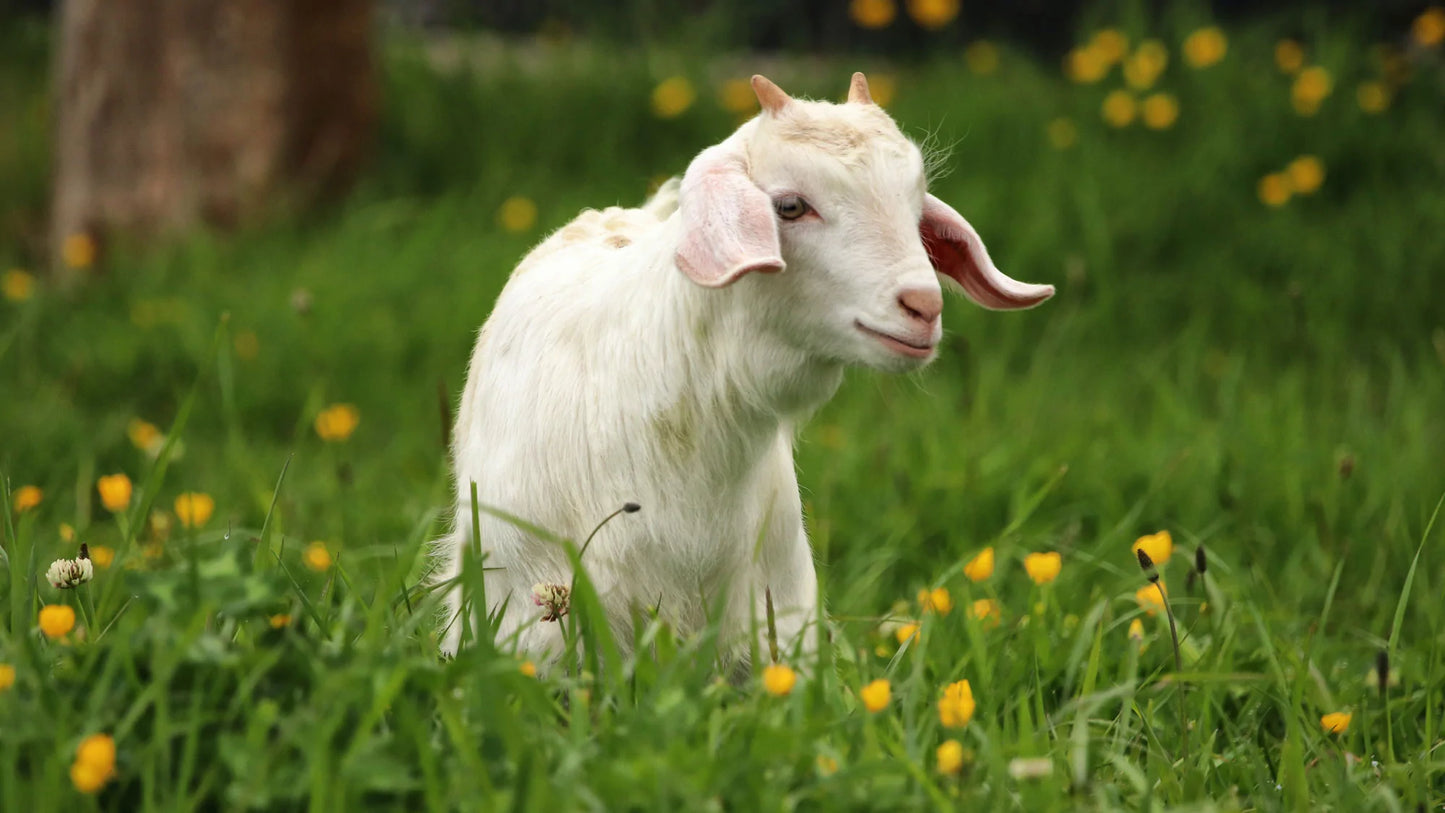

HISTORY
The history of coffee is a topic that's steeped in myth and mystery. Like the beverage itself, coffee's origins are highly debated and even today, there is no definite narrative on it's invention. Despite these uncertainties, there is one legend in particular that coffee connoisseurs tend to recount the most.

IT STARTED WITH A GOAT
The year was 850 A.D. in the Empire of Abyssinia, a land we know today as Ethiopia. A young goat herder by the name of Kaldi was herding his flock, business as usual, when he noticed some of his animals nibbling on a patch of red berries. Nothing to worry about, he assumed.
Later that night, the same goats who had eaten the berries couldn't calm down. They acted restless throughout the night and couldn't fall asleep. This was both frightening and fascinating to the herder, so naturally, he tried some of the berries for himself.
Soon after consuming the berries, Kaldi experienced the same sense of alertness and clarity his goats had felt earlier. He was so excited about his discovery, he immediately rushed off to a nearby monastery to tell the abbot (that's the head-honcho at a monastery, in case you're not familiar) of his miraculous find.
Despite Kaldi’s energetic enthusiasm, the abbot was not on board with this new, seemingly magical berry. In fact, he claimed it was "the devil's work" and was so angry with Kaldi, he threw the berries into the fire.
Wrong move, abbot.
When the berries hit the flame, they began to -- you guessed it -- roast. The infectious, delicious smell of coffee began to waft through the halls, alluring the other monks at the monastery to its source. They quickly became eager to find a way to taste the berries that smelled so good.
The solution? They poured water over the roasted beans and that was that. Coffee was born.

WORLDWIDE DIFFUSION
Fast forward a few hundred years, and coffee was spreading rapidly throughout the Arabian Peninsula. The Islamic prohibition of alcohol gave major rise to coffee throughout the Ottoman Empire in the early 16th century. Coffee houses quickly sprouted up in Istanbul and surrounding areas, becoming a permanent fixture in Persian culture.
Similar to today's cafés and coffee shops, people flocked to coffee houses to read, play chess, and enjoy conversation. Much to everyone's surprise at the time, coffee was becoming synonymous with community.
In the early 17th century, coffee was introduced to Europe through Venetian markets, from merchants who had tasted the drink in Istanbul and brought it back with them to Venice. Originally shunned by the Catholic Church, who deemed it "satan's bitter invention", it took the public some time to warm up to the idea of caffeine. But once Pope Clement VIII tasted coffee for himself, he couldn't bear to dismiss it. He gave coffee his papal approval and soon after, the masses adopted the drink as their own.
The spread of coffee throughout the rest of Europe, and eventually the New World happened quickly thanks to increased taxation on tea imports (Boston Tea Party, anyone?). Soon, coffee became a precious commodity. Demand was high, and people were eager to find new, competitive ways to cultivate the plant outside of Arabia.
Once other nations were able to get their hands on coffee plants, it took some trial and error to figure out where coffee might flourish best. But eventually, coffee began to thriving in the popular regions we associate with the plant today -- Central America, South America, Southeast Asia, and of course, Africa.
By the end of the 18th century, coffee had established itself as one of the most profitable export crops in the entire world. Even today, coffee is second only to oil as the most valuable commodity in the United States.

COFFEE TODAY
Today, there are hundreds of different ways to prepare and drink the world's favorite beverage. From instant coffee pods, to frozen coffee-flavored concoctions, the industry continues to thrive and develop with innovation.
Despite the many gadgets and gizmos you can find today to drink a cup of coffee, we believe in coffee in its purest form. It's in traditional roasting methods and authentic serving practices that the rich history of coffee is preserved. But the part of coffee history we love to practice the most? Sharing it with others.
Learn more about our belief that coffee should be fun and accessible here. And then, come share a cup with us!
We'd love to have you.

